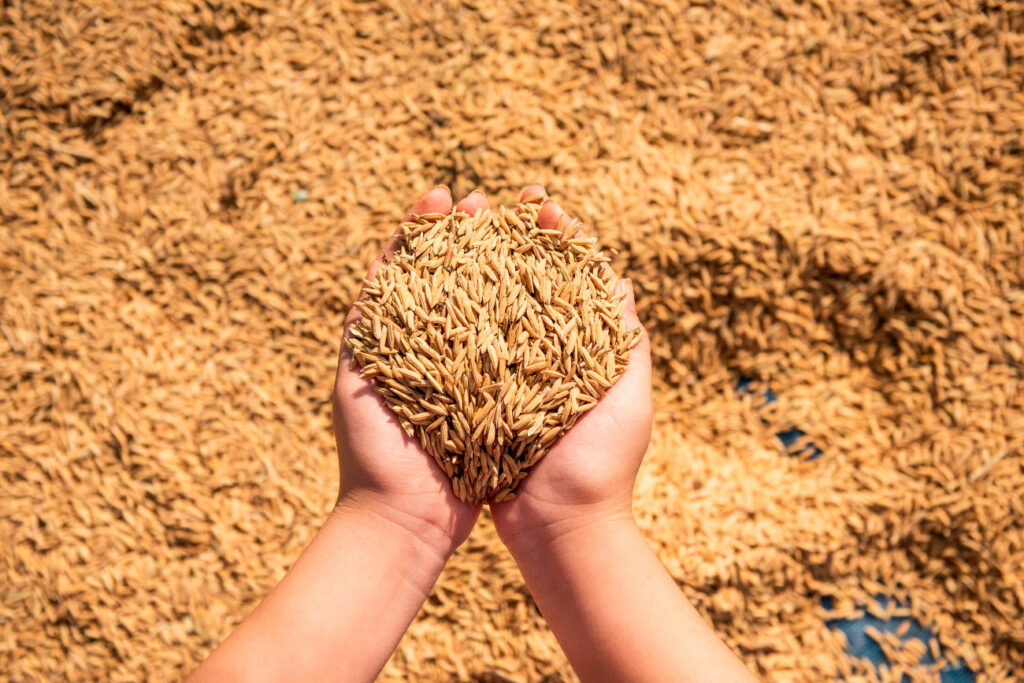Agriculture is the foundation of our civilization, feeding billions of people around the world. As we move further into the 21st century, the agricultural sector is seeking more efficient and sustainable ways to grow the food we need. One such method is direct cereal seeding—an innovative practice that is transforming the way we cultivate our fields.
Advantages of Direct Cereal Seeding
Soil Conservation: Fundamental Asset
Soil health is essential for the long-term success of any farming operation. Direct cereal seeding has the ability to preserve soil structure by minimizing erosion. By avoiding the disturbance of the topsoil layers, nutrient loss is significantly reduced, and the soil’s biological activity is maintained—creating an optimal environment for crop growth.
Water Use Efficiency: The Key to Sustainability
Water has become an increasingly scarce resource, and direct cereal seeding plays a key role in improving water use efficiency. By maintaining soil cover with residues from previous crops, evaporation is reduced, allowing water to be used more effectively. This not only benefits farmers by lowering irrigation costs but also supports the sustainability of the ecosystem as a whole.
How to Successfully Implement Direct Cereal Seeding
Choosing the Right Equipment
To maximize its benefits, direct cereal seeding requires specialized equipment. Choosing the right machinery is crucial to ensure precise and efficient planting. It is essential to select seeders and tractors specifically designed for this practice, as they will allow for smooth and successful implementation without setbacks.
Crop Residue Management
Proper management of crop residues from previous harvests is essential for the success of direct cereal seeding. These residues act as a protective layer over the soil, but their handling must be done carefully to prevent issues such as the spread of diseases or pests. It is necessary to use efficient residue decomposition methods and adjust practices according to the specific conditions of each field.
Challenges and Solutions in Direct Cereal Seeding
Effective Strategies for Weed Control
One of the most common challenges in direct cereal seeding is weed control. By avoiding tillage, weed pressure can increase. However, instead of relying solely on aggressive herbicides, better strategies can be implemented—such as crop rotation and the use of cover crops—to sustainably keep weeds under control.
Turning a Challenge into an Opportunity with Residue Management
Managing crop residues can pose logical challenges, but it also presents an opportunity for innovation. Options such as using residues for compost production or incorporating them into renewable energy systems should be considered. With a bit of creativity in handling this issue, we can enhance sustainability in every operation while also contributing to the circular economy.
A Sustainable Future Through Direct Cereal Seeding
Direct cereal seeding is not only an agricultural technique but also a commitment to a sustainable future for farming. By conserving the soil, optimizing water use, and managing each step intelligently, farmers can reap economic benefits while contributing to the well-being of the planet.
At Virkar Group, we have a commitment to support farmers in the successful adoption of these practices by providing not only high-quality equipment but also expert advice and solutions tailored to the specific needs of each process.
Discover with us how direct cereal seeding can transform your way of farming, leading your operation toward a more sustainable and profitable future. We are here to help you implement innovative and environmentally friendly agricultural practices. . Welcome to a greener and more prosperous future with Virkar Group!
